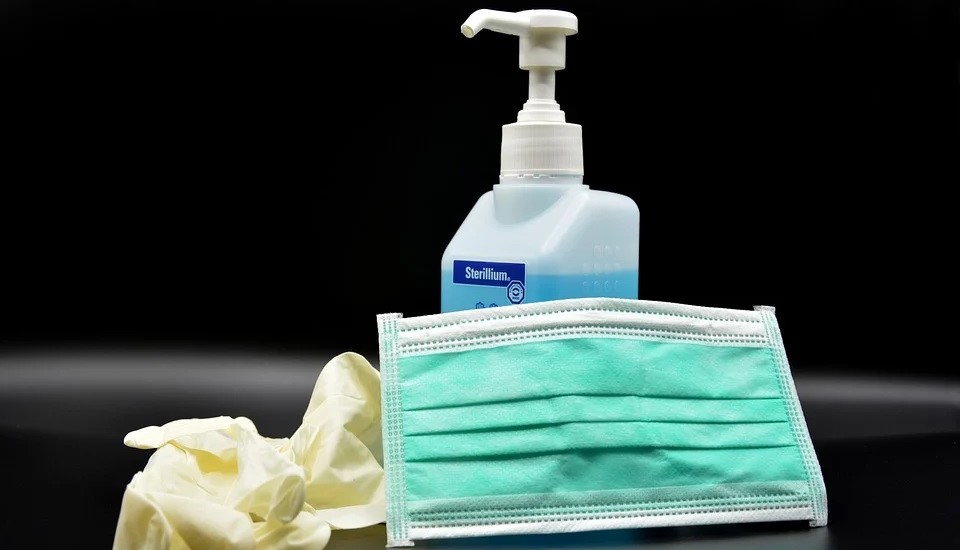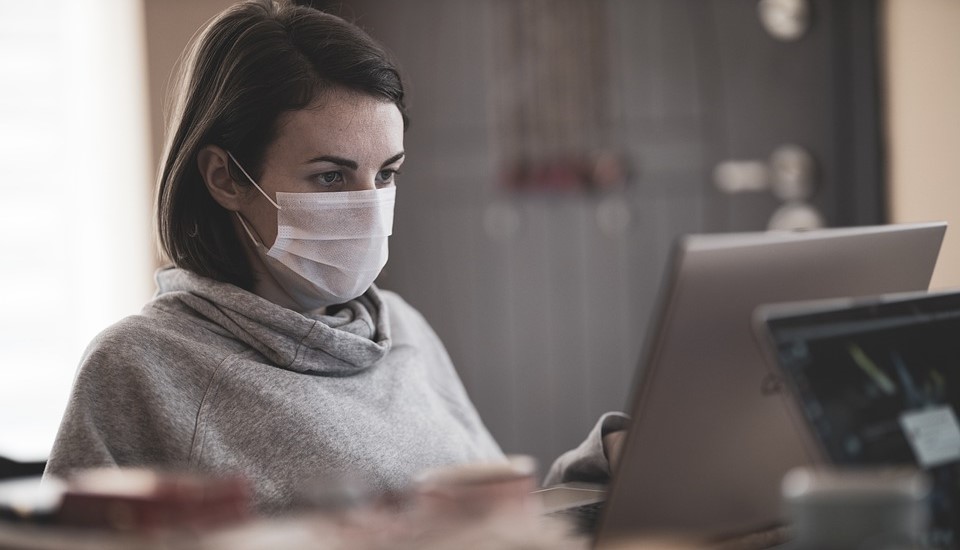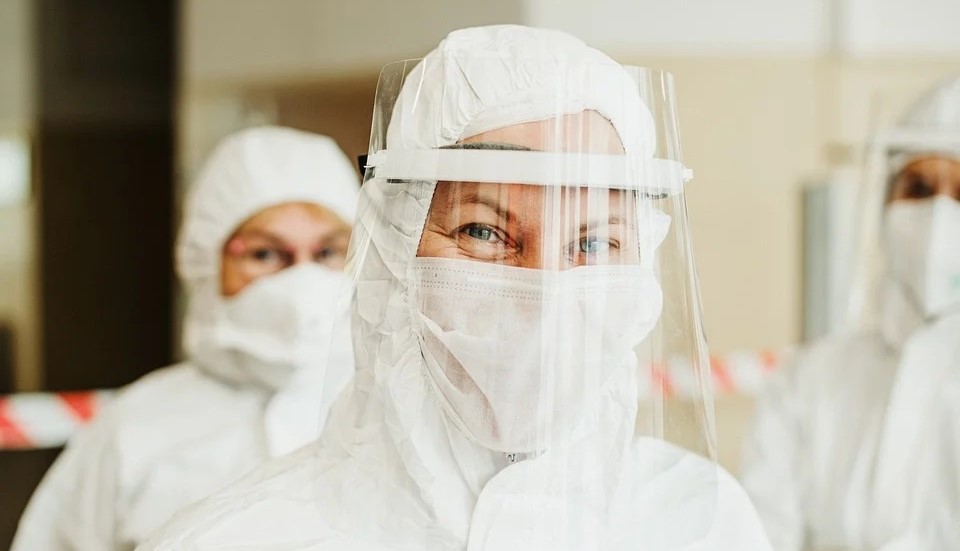Today we are going to look at how COVID-19 has changed workplace health and safety.
Acute has over 100 years of combined experience with in-house or on-site worker environmental and safety training. We want to help you get the training you need to keep your workers safe.
We’ll breakdown the many ways that the recent pandemic has altered workplace health and safety practices and what this means for the future. So, let’s get going.

COVID has changed how we view workplace health and safety
Workplace Health and Safety: The Many Changes Brought about by COVID-19
COVID-19 has had a widespread effect on almost every aspect of our everyday lives including the workplace. It has forced employers to reevaluate and adjust how workplace health and safety is carried out on a daily basis. Here are some of the many ways that COVID-19 has impacted the workplace.
Handwashing and Other Hygiene Practices
All of us have become very familiar with the need to wash our hands frequently throughout the pandemic. This is a very good habit that should be encouraged to continue even once the current COVID-19 pandemic is over. This is especially true for workplaces where so many surfaces are shared by countless people.
Handwashing is a relatively easy habit to adopt and if it continues to be a requirement at workplaces, it should help to reduce the frequency of illnesses.

Frequent hand washing is an important aspect of workplace health and safety
Physical Distancing
Physical distancing has been another key strategy used to promote workplace health and safety during the pandemic. Physical distancing is one of the basic workplace safety strategies that states “keep the hazard away from the people and the people away from the hazard.”
COVID-19 has brought this basic workplace safety strategy back into the limelight and it has been effective. Getting back to the basics of workplace health and safety has been a positive safety practice resulting from the pandemic.
Face and Eye Coverings
Even though most of us find that face and eye coverings are uncomfortable and annoying, they may be a good requirement of workplace health and safety to continue, particularly during flu season.
In other countries, especially in Asia, many people voluntarily wear a mask when they are out in public and have a cold or other contagious symptoms so that they can protect others from getting sick.

Wearing a face mask when you are sick is a common practice in Asia
Posting Requirements
Businesses were required by law to have a written safety plan and to make it available to anyone who wanted to see it as well as posting it in a place where it could be easily seen. The safety plan needed to be discussed and shared with:
- Workers
- Supervisors
- Unions
- Joint Health and Safety committee members
- Contractors
- Suppliers
Further Workplace Protection
In addition to promoting physical distancing, the wearing of face and eye protection and handwashing, businesses were encouraged to take a variety of additional workplace health and safety measures such as:
- Health screening of workers
- Improved ventilation of work areas
- Frequent cleaning and disinfection of surfaces
- Additional personal protective equipment

Workplace health and safety protocols could include wearing additional personal protective equipment (PPE)
Plexiglass Barriers
Many workplaces have also installed plexiglass or other barriers to separate their workers and block airborne pathogens. Even after COVID-19, it is unlikely that these barriers will be torn down because of the cost of putting them up in the first place, the possibility that they might be necessary for a future pandemic and their overall effectiveness.
Staggered Lunches
Staggered lunches have also become the norm for many workplaces. Spreading out lunches and break times so that fewer employees are crammed into small spaces when it is impossible to wear a mask, gives people the space required to physically distance and protect themselves from ingesting airborne pathogens while they are eating.
Working Remotely
One major lesson that COVID-19 has taught us is that people can work effectively remotely. Businesses were shy in taking that step in the past, however, the pandemic has forced them to and they have found that it has worked.
Because it has been relatively successful, businesses have learned to trust their employees to get their work done. It has been very empowering for workers. On the other hand, businesses will now need to empower them to work safely from home as well.

Businesses have found that employees can work successfully from home
Mental Health Concerns
One area of workplace health and safety where the pandemic has hopefully brought to the forefront is workers’ mental wellbeing. In the past, physical workplace health and safety issues have taken precedence but with the isolation and restricted socialization opportunities brought about by COVID-19, employers should be taking a closer look at the mental health needs of their workers.
Workplace Health and Safety Improvements:
The physical design of the workplace can have an effect on worker’s mental health and safety. The following factors can play a large part in employee health:
- The air quality
- The colours on the walls
- The type and level of lighting in the rooms
For example, a poorly lit workspace can lead to eye strain, headaches and fatigue all of which can result in a discouraged mood. On the other hand, a pleasantly coloured room with proper ventilation can enhance peoples’ mood.
Socializing in the Workplace:
Camaraderie in the workplace generally plays an important role in workplace health and safety. With more workers being encouraged to work from home, many are feeling a lack of socialization which was a positive aspect of going into work.
Workplaces that will continue with strict health and safety protocols going forward, may find it necessary to be even more aware of mental health issues that their workers may be experiencing due to the increased isolation that they are encountering.

Mental health of workers may need to be better addressed in workplace health and safety
Get the Best Safety Training From ACUTE
You can trust ACUTE for the best safety training possible. ACUTE’s experienced team members have been serving safety professionals for over 20 years. You can rely on ACUTE for hands-on, physically distanced, practical safety training to keep your employees safe in the workplace. ACUTE is dedicated to workplace safety and understands the importance of course and training provider approval. Why get workplace safety training with ACUTE? Here are just some of the benefits of working with ACUTE:

- Open Door Instructor-Student Partnership – ACUTE’s training services emphasize client participation. Staff foster relationships with clients and serve as a touchstone for advice anytime moving forward.
- Serving Your Team and Industry – With a vast array of clients in manufacturing, construction, health, academic, and government sectors, ACUTE brings the best safety practices from across the spectrum to your workplace.
- 100 Years Combined Experience – ACUTE provides comprehensive health and safety training, on-site safety services, and consulting services. With over 100 years of combined experience, our company staff offer more than theoretical or abstract ideas. ACUTE offers solutions.
- Track Record of Success – ACUTE is rated 4.9/5 stars on Google reviews, demonstrating a commitment to our clients, quality, and passion for training.
Check out our course calendar for the times and dates of our courses.
“I work at the University of Guelph as an arborist. Ron Campbell provided a small socially distanced group and myself with working at heights training. Ron has a wealth of knowledge and kept everyone engaged with many “real life” examples of working at heights scenarios and facts. We have also received elevated work platform training with Patrick from Acute training. Patrick is also a very friendly, knowledgeable and engaging professional trainer. I truly believe that the best trainers are those with practical experience and the trainers at Acute have that locked down.”

